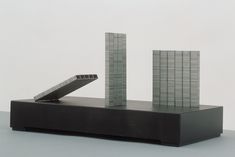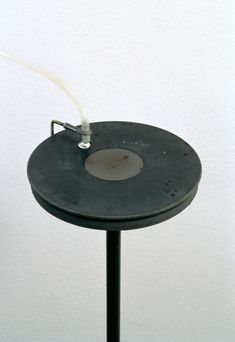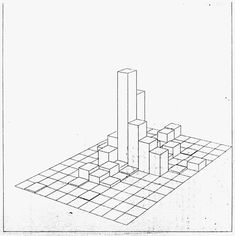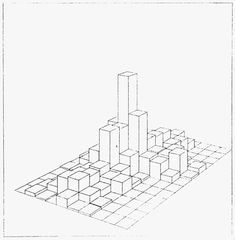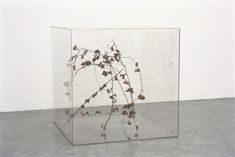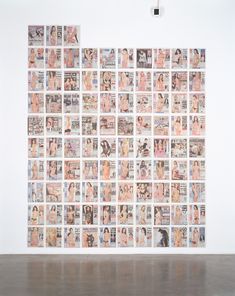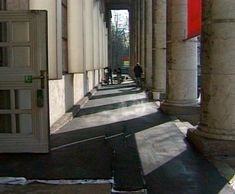Gustav Metzger
Gustav Metzger was born in Nuremberg, Germany, in 1926, the son of Orthodox Jews of Polish descent. He lost almost his entire family to the Shoa. His older brother and himself were able to escape the Nazi regime and the genocide of the Jews to England in 1939 with the help of the Refugee Children Movement. From 1945 Metzger began studying art first at the Cambridge School of Art and then at the Sir John Cass Institute in Aldgate, London. This was followed by studies in painting at Borough Road Polytechnic (a university since 1992) until 1953, when he spent time studying in Antwerp, Netherlands, and Paris, France. Metzger was actively engaged against nuclear armament since the late 1950s and was, along with the philosopher Bertrand Russel, one of the co-founders of the anti-war protest group "Committee of 100". Since 1948, he has been represented at numerous major exhibitions, including documenta 5 in 1972 and documenta 13 in Kassel in 2012, as well as the Biennale di Venezia in Italy in 2004. In 2005, the Generali Foundation in Vienna dedicated the first comprehensive retrospective in Austria to the artist and published excerpts from his writings. Gustav Metzger lived and worked in London, where he died in 2017.
From 1959 on, Metzger developed the concept of “auto-destructive art” based on the political and ecological themes of his era, such as the nuclear arms race and ecological destruction. In his first manifesto, he defined this as a “form of public art for industrial societies” that focuses on the twentieth century’s potential for annihilation by means of self-destructive elements. Processes of dissolution thus take center stage in many of his works and actions, such as the corrosion of canvases by acid or the erosion of steel monuments. Metzger organized the seminal event of artistic activities forming around the theme of destruction; the “Destruction in Art Symposium” in London in 1966. The fleeting nature of Metzger’s works is an attack on the capitalist art market, as it were, as they refuse a commodification of art. His call to go on an art strike in 1974 is further evidence of this position. Metzger did, in fact, withdraw for quite some time from the art world. He also developed the principle of “auto-creative art” and explored the idea of using computer technology for art early on. Pete Townshend from “The Who” called him a role model for smashing guitars on stage, of which Jimi Hendrix is the most well-known proponent. Renowned bands inserted Metzger’s experiments with liquid crystals in slide projections that steadily changed colors from the heat as a visual effect during concerts, emphasizing the psychedelic moment. In the 1990s, a workgroup formed that dealt directly with the Holocaust and the media treatment of humanitarian catastrophes, and for which, the historical photographs of Metzger served as base material.
read more read less